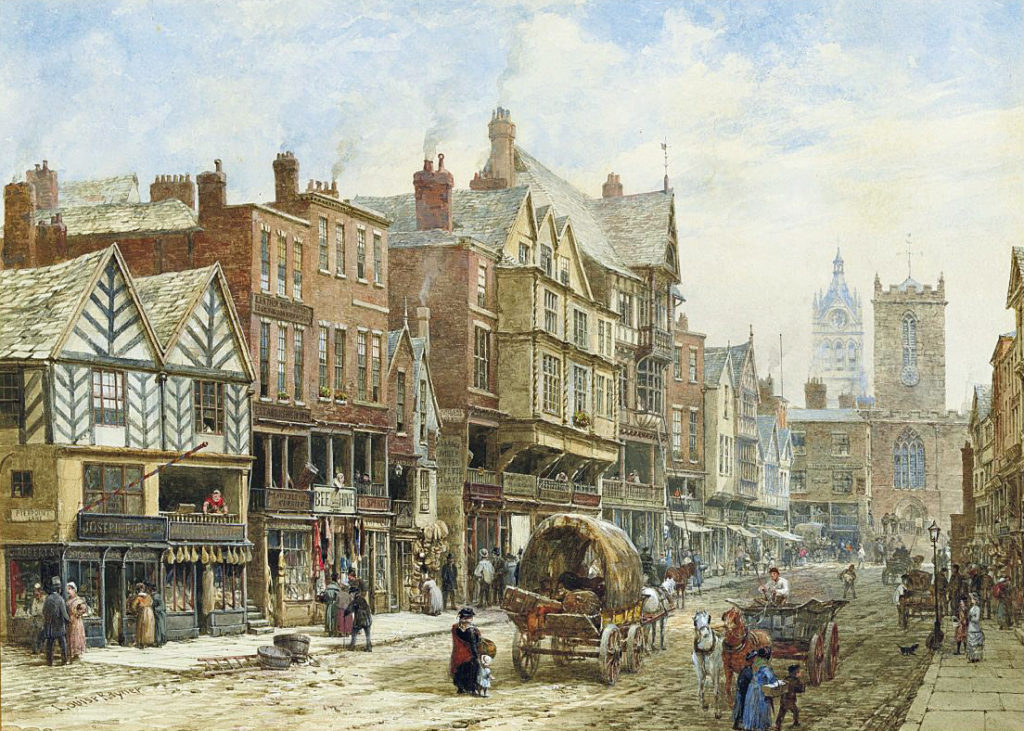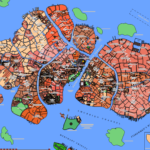Sometime back, I took the table for generating cities provided with D&D 3.x and expanded it to include cities up to the population present in the world of Asdar. Since Asdar is somewhere between the middle ages and modern earth in technology (namely through titancraft), I created cities with populations as much as one million or slightly more. Ancient Rome was said to have had over one million, although this is disputed.

| d% | Town Size | Adult Population | GP Limit | City Modifier |
| 01—10 | Thorp | 20-80 | 40 gp | -1 |
| 11—30 | Hamlet | 81-400 | 100 gp | 0 |
| 31—50 | Village | 401-900 | 200 gp | +1 |
| 51—70 | Small Town | 901-2,000 | 800 gp | +2 |
| 71—85 | Large Town | 2,001-5,000 | 3,000 gp | +3 |
| 86—95 | Small City | 5,001-12,000 | 15,000 gp | +4 (roll twice) |
| 96—99 | Large City | 12,001-25,000 | 40,000 gp | +5 (roll three times) |
| 100 (1-10 on d20) | Metropolis (I) | 25,001-50,000 | 100,000 gp | +6 (roll four times) |
| 100 (11-13 on d20) | Metropolis (II) | 50,001-100,000 | 300,000 gp | +7 (roll five times) |
| 100 (14-15 on d20) | Metropolis (III) | 100,001-250,000 | 900,000 gp | +8 (roll six times) |
| 100 (16-17 on d20) | Metropolis (IV) | 250,001-500,000 | 1,500,000 gp | +9 (roll seven times) |
| 100 (18-19 on d20) | Metropolis (V) | 500,001-1,500,000 | 5,000,000 gp | +10 (roll eight times) |
| 100 (20 on d20) | Metropolis (VI) | 1,500,001+ | 25,000,000 gp | +11 (roll nine times) |
I simply took the last percentage out of one hundred and divided it into six possibilities, from Metropolis (I) to Metropolis (VI). I haven’t ever actually used it, but it makes sense to me.







